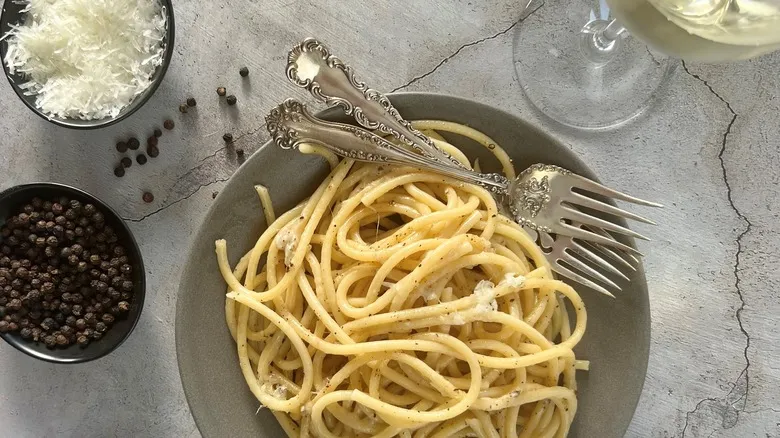Why Maull's is a St. Louis institution
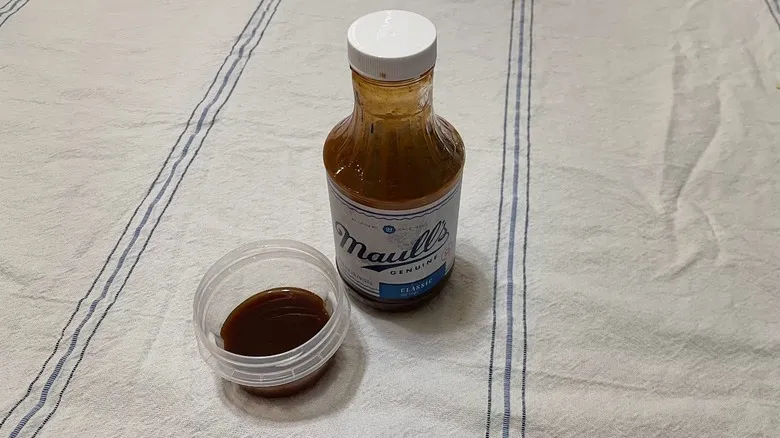
What sets Maull's sauce apart in the realm of St. Louis-style barbecue? To begin with, it is intended to be applied to the meat after it has been cooked. St. Louis barbecue is specifically associated with a distinct cut of pork spare ribs, which are shaped rectangularly to maximize the amount of meat on the bone. Unlike the baby back ribs that are favored in Kansas City barbecue, St. Louis spare ribs are meatier and fattier, making them more suitable for grilling.
Typically, Maull's barbecue sauce is served as a condiment at the table once the meat is done cooking, although it can certainly be used as a marinade if desired. A glance at the ingredients in a bottle of Maull's Classic Barbecue Sauce shows a generous amount of tomato concentrate combined with distilled vinegar, along with a splash of Worcestershire sauce, which contains vinegar and molasses. For an extra kick, Maull's incorporates a touch of its own hot sauce, adding another layer of vinegar to the blend.
The end result places Maull's barbecue sauce somewhere between the tangy Carolina varieties and the thicker, tomato-based sauces from Kansas City. As a fan of both styles, I was eager to try Maull's for myself.
Maullin' it
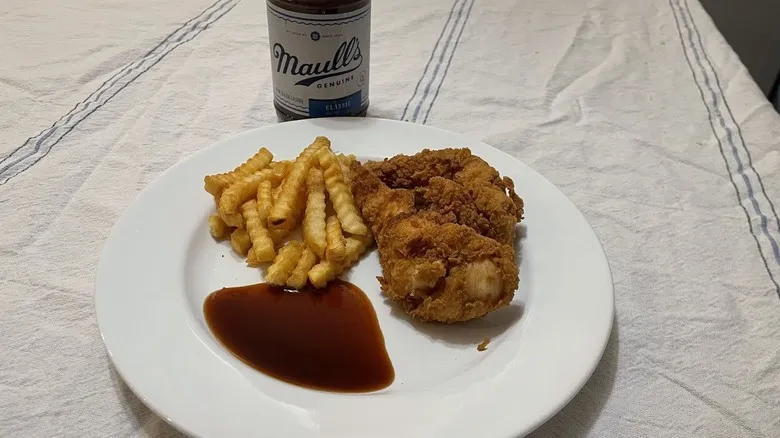
I couldn't locate Maull's at my nearby grocery stores since I'm quite a distance from St. Louis, but I successfully ordered some online. I was initially taken aback by the sauce's thin texture. Like many, I'm more accustomed to barbecue sauces that have the thickness of tomato ketchup. However, I appreciated how easily Maull's poured — just remember to give it a few shakes to evenly distribute that Worcestershire goodness — and I can definitely see using it as a marinade in the future.
I began by tasting Maull's on its own, and I can understand why its potential disappearance sent St. Louis pitmasters into a frenzy. The Worcestershire sauce is what unites all the flavors in Maull's — it's smoky, spicy, and just slightly sweet. I quickly realized how Maull's could elevate a barbecue dish, but I wanted to test it in a different context.
I ordered some fried chicken fingers, as using barbecue sauce on chicken is equally delightful. After a few dabs, I was convinced. The vinegar-forward flavors complement the natural taste of the chicken beautifully. I also enjoyed the subtle yet spicy kick that Maull's adds to the mix. Overall, Maull's barbecue sauce truly lives up to the hype. I can certainly see why barbecue enthusiasts keep their shelves stocked with this American gem.
Recommended
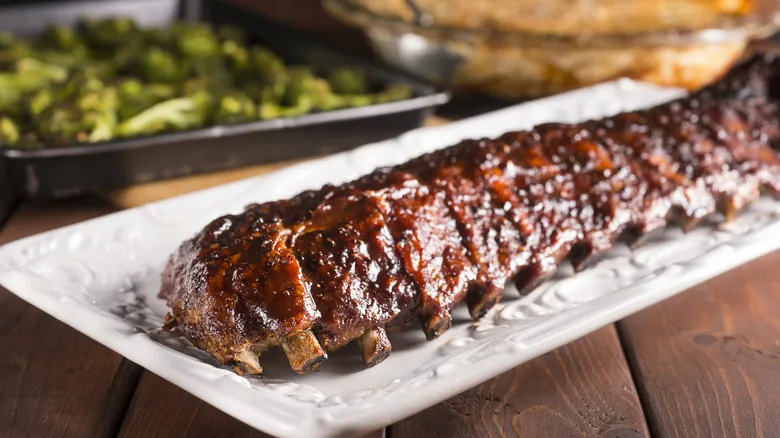
Here's How To Reheat Ribs So They're Nice And Crispy

Knockwurst Vs Bratwurst: What's The Difference?
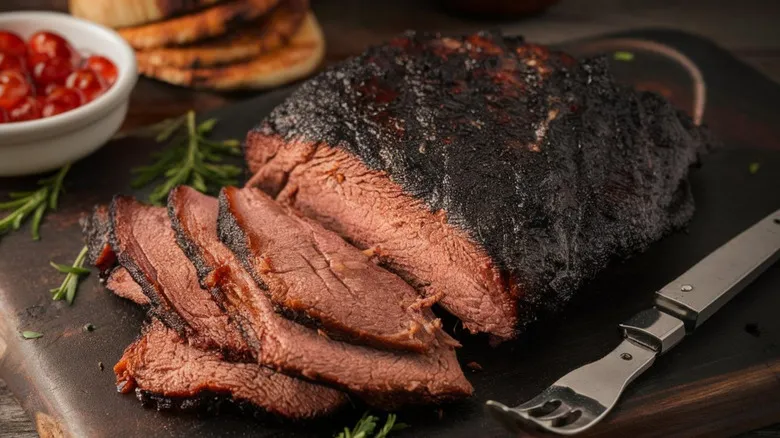
How To Select The Best Brisket At The Store, According To A Pro

The Lettuce Rule You Should Always Know For Burgers
Next up


